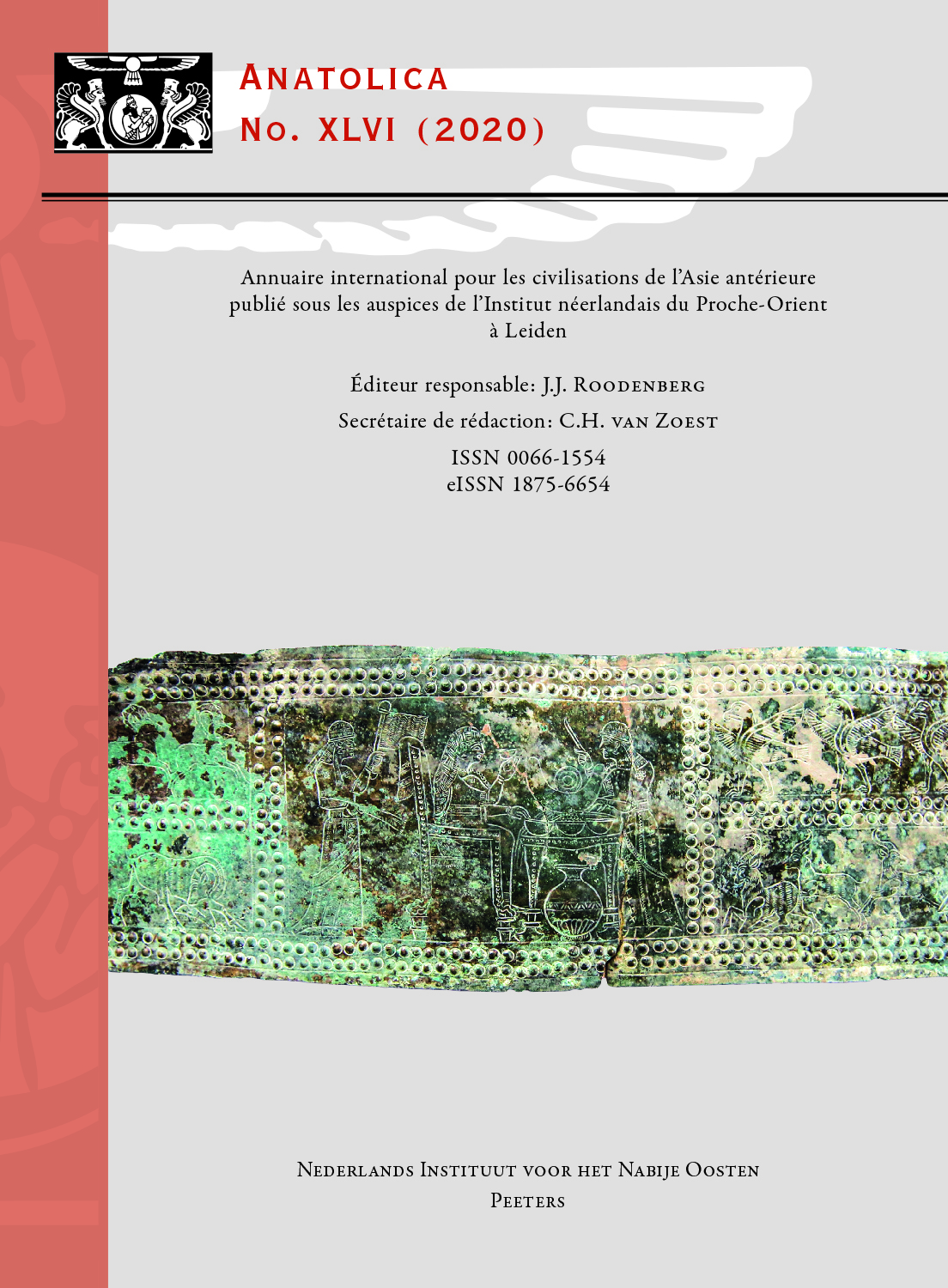 previous article in this issue previous article in this issue | next article in this issue  |

Preview first page |
Document Details : Title: Towards a High-Definition Approach to the Study of Byzantine Fortifications Subtitle: The Case Study of Tsikhisdziri (Western Georgia) Author(s): INTAGLIATA, Emanuele E. , NASKIDASHVILI, Davit , SNYDER, J. Riley Journal: Anatolica Volume: 45 Date: 2019 Pages: 181-192 DOI: 10.2143/ANA.45.0.3287006 Abstract : Fortifications have traditionally been studied through autoptic examination. This approach is not without shortfalls, especially when used to identify different phases of a wall whose building techniques appear similar over a long period of time. A high-definition approach to fortifications that integrates analytical analyses to more traditional methodologies could contribute considerably to shed more light on the relative chronology of this type of monument. Yet, this approach is far from being used widely by researchers. This contribution aims to reflect on the benefits of approaching fortifications through a high-definition methodology. In so doing, it takes as a case study the walls on the citadel at Tsikhisdziri, in western Georgia. The remains at Tsikhisdziri have traditionally been interpreted as those of Petra Pia Justiniana, which is reported by Procopius as being constructed by Justinian in the first half of the sixth century AD and destroyed soon thereafter. Procopius’ account has often steered archaeological investigations at the site towards early Byzantine remains, whilst there is evidence to suggest that the site survived well into the seventh century AD and beyond. Through a traditional study of the remains coupled with petrographic study and X-Ray fluorescence analyses on brick and mortar samples, the authors have managed to reach a better understanding of the relative chronology of the fortifications at Tsikhisdiziri. The investigation has proven the existence of an important late antique phase at this site, but has also found evidence to suggest that the walls remained in use and were constantly repaired well after the events glorified by Procopius. |
 |


